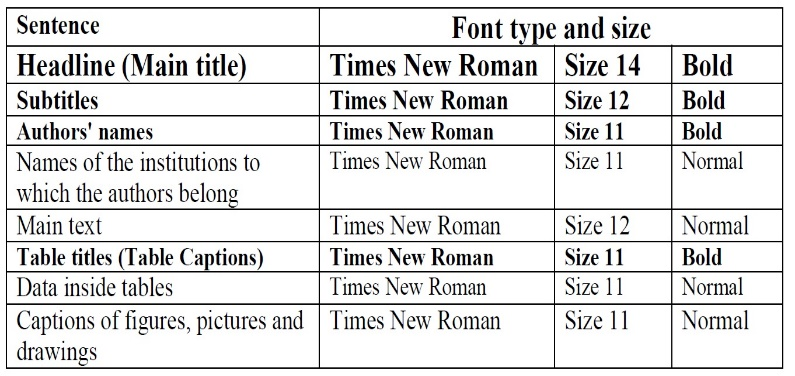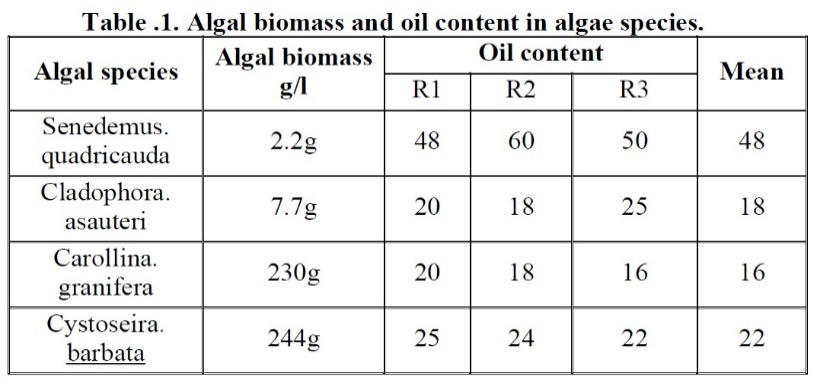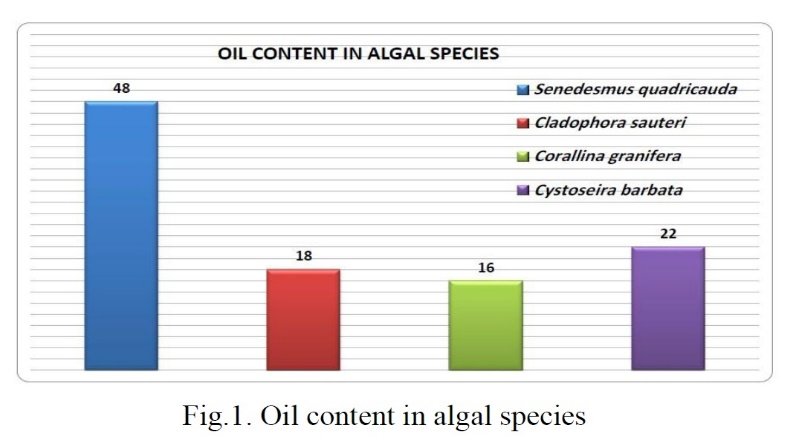Home < Author guidelines
Authors must submit their manuscripts using the official journal template ![]() , ensuring the original formatting is preserved. The entire manuscript, including all sections and figures, should be submitted as a single file. The corresponding author is required to provide their ORCID ID (visit www.orcid.org).
, ensuring the original formatting is preserved. The entire manuscript, including all sections and figures, should be submitted as a single file. The corresponding author is required to provide their ORCID ID (visit www.orcid.org).
These guidelines contain two sections: conditions for publication and organizing the manuscript، as follows:
The International Science and Technology Journal (ISTJ) is a quarterly peer-reviewed scientific journal concerned with publishing research and studies in the field of engineering and applied sciences. It is a journal published under the supervision of the Libyan Society for Scientific Research and Studies.
In order to publish scientific manuscripts in this journal, the author must follow the following rules:
The manuscript must contain the following sections:

The author must write the following parts in Arabic and English, both on a separate page:
It should be in the middle of the top line, and the title should include a short and focused description. It should not be more than 12 words long. Abbreviations and formulas should be avoided whenever possible.
To be written under the main title.
It is the institution in which or for which the author works. Only the name of the main institution and its subsidiary must be mentioned, without mentioning the departments.
Or a 16-digit ORCID researcher page link for the author(s).
The abstract must contain a simple introduction (two or three lines) to introduce the topic, then the research method and the processes that took place in it are discussed (three lines or more), then the results reached by the study are discussed (four lines or less), then some recommendations. About future studies (one or two lines).
The author must provide 4 to 6 keywords that can be used for indexing and searching purposes.
The narration of the parts of the manuscript begins on the third page, which includes:
This section should be brief, in which the author explains the importance and objectives of the research, describes the theoretical background of the research topic and what the research is about. Talking about results should be avoided.
The introduction must also include a presentation of the results of previous studies that dealt with this topic and briefly explain the method and results of each previous study. Finally, a section should be placed at the end of the introduction in which it explains what the author’s research covered and the difference between previous research and studies, with some brevity and not exceeding three lines
This section should contain detailed information about the procedures and steps followed in the study, the devices and equipment used. This part of the manuscript can be divided into subsections, the author explains the equipment used, the measurement method, the applied mathematical equations, and other matters related to the experiments and tests carried out by the author.
This section initially contains the results obtained by the author during the research activities. That is, what the author found in a simple and objective way, where the results of the research are initially presented as a whole without speculating on why these results were found. Then the discussion explains the meaning of the results, puts them in their context, and explains why they are important.
Discussions are presented systematically from general to specific. Data can be presented in tables or figures, if available, with the need to refer to it, describe it, and explain what it contains before placing it in the text. Results and discussions should relate to the theory used. Avoid excessive use of citations (Quotation) and discussion of published literature. The tables and figures must be organized in the middle of the page, and the table titles (caption) must be written at the top of the table in the type of font shown in the upper table, and they must be numbered sequentially, such as:

However, for the figures, drawings, and pictures, their title is placed underneath them and the font size is as shown in the upper table regarding font types. for example:

The author must clearly explain the important conclusions of the research, highlighting their importance and their close/direct relevance to the topic. The size of the abstract should not exceed half a page of the journal.
Where the reference is mentioned within the text at the point of quotation from it in the following manner (mentioning the name of the author and year of publication), as shown in the following example:
(Ahmed Jaballah 2016)
(Garnero and Godone, 4, 2013)
The references are arranged in the reference list in alphabetical order (according to the letters of the alphabet), so that Arabic references are placed first, then English references or any other language) as shown in the following example:
سونيا آرزروني اورتان و ياسمين نجم عبدالله: التلوث الضوضائي في محافظة البصرة (مصادره- آثاره- معالجته ), مجلة الغري للعلوم الاقتصادية والادارية, العدد 26/ 2013.
عتاب يوسف كريم وزينب سمير لفته: مستويات التلوث الضوضائي في مدينة الشامية، مجلة البحوث الجغرافية، العدد 32/ 2020.
منظمة العمل الدولية: نظام ادارة السلامة والصحة المهنية ,الطبعة الاولى باللغة العربية 2016, ص18.
Arun, P.V. ,2013, A comparative analysis of different DEM interpolation methods, The Egyptian Journal of Remote Sensing and Space Sciences, 16, 133-139.
Ben Taher .L S,2017, Evaluation of Three Evaporation Estimation Techniques In A Semi-Arid Region (Omar El Mukhtar Reservoir Sluge, Libya- As a case Study), Advances in Science, Technology and Engineering Systems Journal. 2, 19-29.
Chen, H. C. , Wang, W. J., 2009,"Two-Stage Interpolation Algorithm Based on Fuzzy Logics and Edges Features for Image Zooming," Eurasip Journal on Advances in Signal Processing, 121-128.